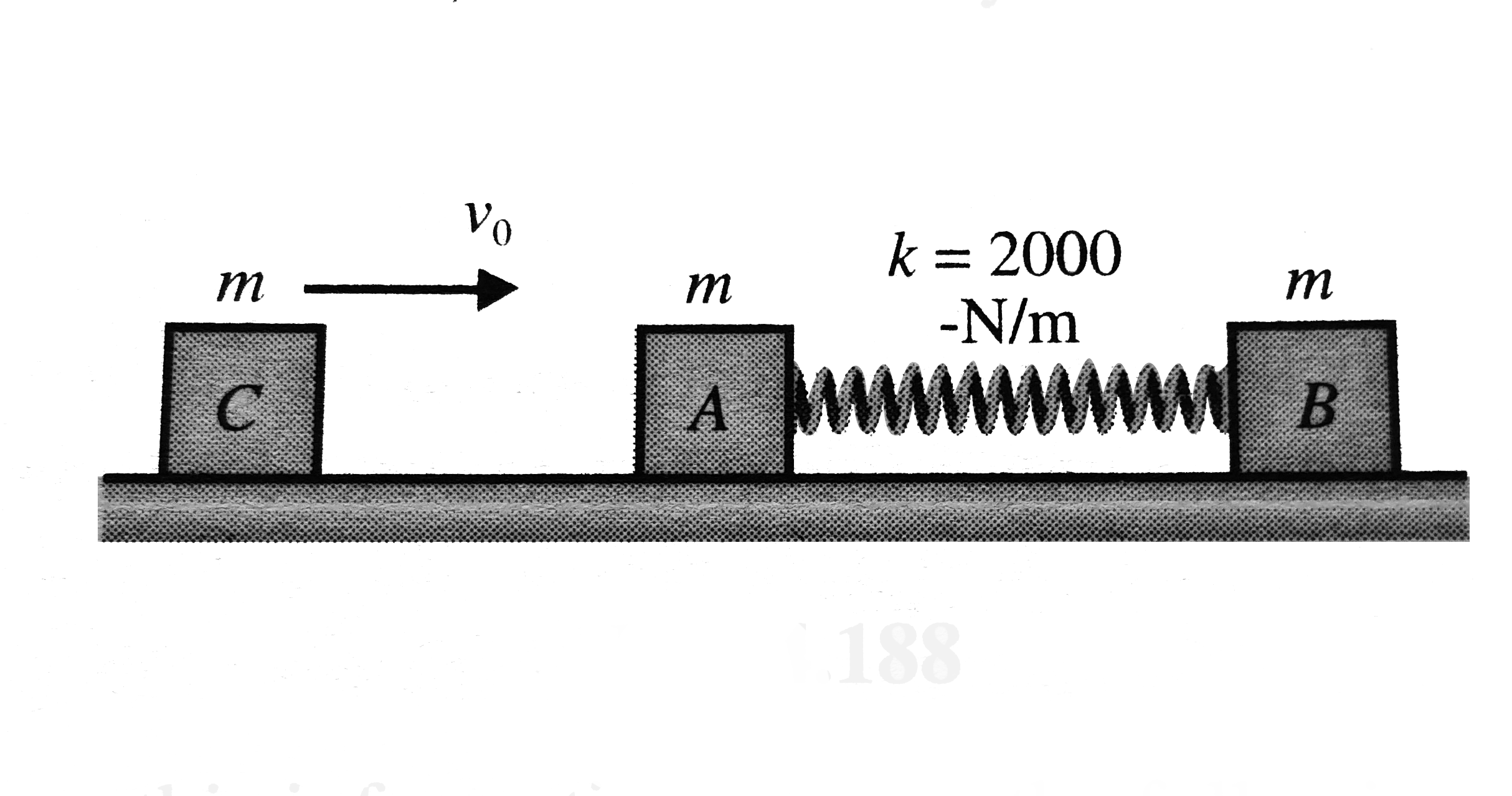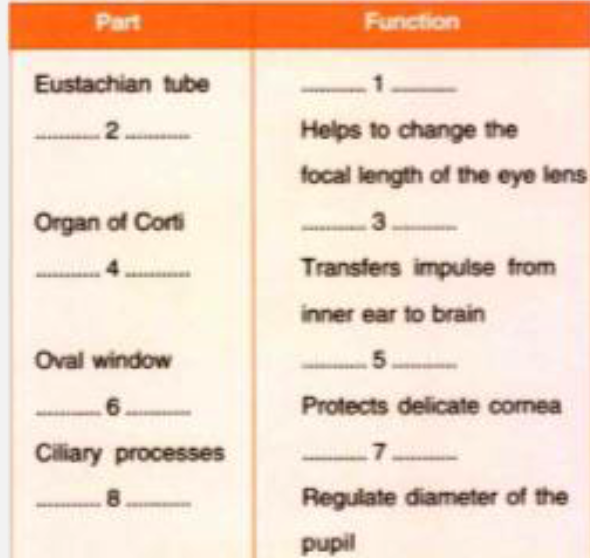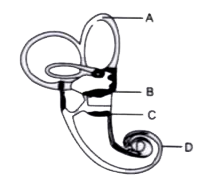Complete Solutions to REVIEW QESTIONS of chapter SENSE ORGANS of Class 10 book with complete answers and questions
| Class 10 | BIOLOGY |
| Chapter | SENSE ORGANS |
| EVERGREEN PUBLICATION | REVIEW QESTIONS |
| Number Of Questions | 100 |
| Academic Year | 2023-24 |
Name the Part that provides and maintains shape of eyeball.
View SolutionName the Part that darkens the eye from inside.
View SolutionName the Part that helps in dark and light adaptations.
View SolutionName the Part that helps to maintain equilibrium.
View SolutionName the Part that is affected in astigmatism.
View SolutionName the The photosensitive pigment present in the rod cells of the retina.
View SolutionName the The internal layer of the eye which prevents reflection of light.
View SolutionName the Eye defect in which cornea becomes uneven.
View SolutionName the Photosensitive pigment present in the cone cell of retina.
View SolutionName the Fluid present in the anterior part of the eye in front of the eye lens.
View SolutionName the The internal layer of the eye which prevents reflection of light.
View SolutionName the The ear ossicle which is attached to the tympanum.
View SolutionName the The layer of the eyeball that forms the transparent cornea.
View SolutionName the The eye defect caused due to the shortening of the eyeball from front to back.
View SolutionName the The structure that is responsible for protecting the eye from sweat.
View SolutionMyopia is corrected by the use of a
View Solutionwhich layer of the wall of an eyeball contains abundant blood vessels ?
View SolutionWhich one of the following is the correct difference between rod cells and cone cells of our retina ?
View SolutionGive one difference between the following pairs on the basis of what is given in brackets :
Myopia and Hypermetropia (Lenses used)
View SolutionGive one difference between the following pairs on the basis of what is given in brackets :
Perilymph and Endolymph (Location)
View SolutionGive one difference between the following pairs on the basis of what is given in brackets :
Blind spot and Yellow spot (Sensory cells)
View SolutionGive one difference between the following pairs on the basis of what is given in brackets :
Light and Dark adaptation (Diameter of pupil)
View SolutionGive one difference between the following pairs on the basis of what is given in brackets :
Myopia and Hypermetropia. (Cause of the defect)
View SolutionGive one difference between the following pairs on the basis of what is given in brackets :
Sclerotic layer or choroid layer (Which one forms the Iris?)
View SolutionGive one difference between the following pairs on the basis of what is given in brackets :
Choroid and Sclerotic layers of the eye (Function).
View SolutionState the condition when a body is in (i) static, (ii) dynamic equilibrium, Give one example each of static and dynamic equilibrium.
View SolutionGive one difference between the following pairs on the basis of what is given in brackets :
Perilymph or endolymph (Which one surrounds the organ of Corti?)
View SolutionGive one difference between the following pairs on the basis of what is given in brackets :
Myopia and Hypermetropia. (Cause of the defect)
View SolutionGive one difference between the following pairs on the basis of what is given in brackets :
Rods and Cones (Pigment present)
View SolutionGive one difference between the following pairs on the basis of what is given in brackets :
Myopia and Hypermetropia. (Cause of the defect)
View SolutionComment upon the following: A man having presbiopia cannot accommodate the eye.
View SolutionGive one difference between the following pairs on the basis of what is given in brackets :
Myopia and Hypermetropia (Lenses used)
View SolutionComment upon the following: In eye transplantation, cornea is grafted.
View SolutionComment upon the following: A worker at a petrol pump does not smell petrol.
View SolutionGive scientific reasons for the following statements:
We feel blinded for a short while entering a dark room when coming from bright light.
View SolutionComment upon the following: When you enter a darkroom from bright lighted room you are blinded momentarily
View SolutionGlaucoma is due to
View SolutionDefine the following term : Presbiopia
View SolutionDefine the following term : Myopia
View SolutionThe hypermetropia is a
View SolutionDefine the following term : Gustatoreceptors
View SolutionDefine the following term : Cochlea
View SolutionDefine the following term : Cataract
View SolutionDefine the following term : Stereoscopic vision.
View SolutionDiscuss the functions of human ear.
View SolutionHow can you compare various parts of eye with a photographic camera ?
View SolutionDescribe cochlea in the ear of man.
View SolutionWhat is meant by power of accommodation of the eye ? Name the muscles of the eye responsible for the same.
View SolutionName some other defects of eye.
View SolutionExamine the given diagram and answer :

What is accommodation of eye and how is it achieved ?
View SolutionWhat will be the effect of blocked eustachian tubes ?
View SolutionHow ear helps in hearing ?
View SolutionHow ear helps in balancing ?
View SolutionGiven below is a diagram depicting a defect of the human eye, study the same and then answer the questions that follow:

(i) Name the defect shown in the diagram.
(ii) What are the two possible reasons that cause this defect?
(iii) Name the type of lens used to correct this defect.
(iv) With the help of a diagram show how the defect shown above is rectified using a suitable lens.
View SolutionGive two possible reasons for defect of the eye in human beings.
View SolutionGiven below is a diagram depicting a defect of the human eye. Study the same and then answer the questions that follow :

Name the parts labelled 1 to 4.
View SolutionName the type of lens used to correct eye defect.
View SolutionDraw a labelled diagram of inner ear. Name the part of the inner ear that is responsible for static balance in human beings.
View SolutionGive the exact location and one function of Pinna.
View SolutionGive the exact location and one function of Lacrimal gland.
View SolutionGive the exact location and one function of Malleus.
View SolutionGive the exact location and one function of Tears.
View SolutionRewrite and complete the second part:
Eye : Optic nerve :: Ear:
View SolutionRewrite and complete the second part:
Iris of eye : ..................
View SolutionComment upon the following: When you enter a darkroom from bright lighted room you are blinded momentarily
View SolutionRewrite in a correct logical sequence :
Pupil, eye lens, vitreous humour, fovea, optic nerve.
View SolutionRewrite in a correct logical sequence :
Pupil, yellow spot, cornea, lens, aqueous humour (Path of entry of light into the eye from an object).
View SolutionRewrite in a correct logical sequence :
Oval window. Tympanum, Cochlea, Auditory canal, Ear ossicles (path through which a vibration of sound is transferred in the human ear).
View SolutionRewrite in a correct logical sequence :
Pinna, cochlea, tympanum, ear ossicles, auditory canal (route through which vibrations of sound enters the ear).
View SolutionGive the biological term for Malleus, Incus and Stapes.
View SolutionComplete on the basis of functional activity:
Iris of the eye and ............
View SolutionComplete on the basis of functional activity:
Eustachian tube and ...............
View Solution
Two identical blocks A and B, each of mass `m=3kg`, are connected with the help of an ideal spring and placed on a smooth horizontal surface as shown in Fig. Another identical blocks C moving velocity `v_0=0.6(m)/(s)` collides with A and sticks to it, as a result, the motion of system takes place in some way
Based on this information answer the following questions:
Q. Oscillation energy of the system i.e., part of the energy which is oscillation (changing) between potention and kinetic forms is
View SolutionGive technical term to the following:
The structure that carries visual stimuli from retina to the brain.
View SolutionWhich of the following phenomena leads to variation in DNA ?
View SolutionGive technical term to the following:
A thin membrane covering the entire front part of the eye.
View SolutionDraw a diagram of the human eye as seen in a vertical section and label the parts which suits the following functions/descriptions :
The layer which prevents reflection of light.
View SolutionDraw a diagram of the human eye as seen in a vertical section and label the parts which suits the following functions/descriptions :
The structure that alters the focal length of the lens.
View SolutionDraw a diagram of the human eye as seen in a vertical section and label the parts which suits the following functions/descriptions :
The region of distinct vision.
View SolutionDraw a diagram of the human eye as seen in a vertical section and label the parts which suits the following functions/descriptions :
The part which transmits the impulse to the brain.
View SolutionDraw a diagram of the human eye as seen in a vertical section and label the parts which suits the following functions/descriptions :
The outermost transparent layer in front of the eye lens.
View SolutionDraw a diagram of the human eye as seen in a vertical section and label the parts which suits the following functions/descriptions :
The fluid present in the anterior part of the eye in front of the eye lens.
View SolutionGiven below is an incomplete table showing some parts belonging to some sense organs and their functions. Complete the table by filling in the blanks 1 to 5.

View SolutionThe diagram below represents the structure found in the inner ear. Study the same and then answer the questions which follow:

Name the parts labelled A, B, C and D.
View SolutionName the part of the ear responsible for transmitting impulses to the brain.
View SolutionThe diagram below represents the structure found in the inner ear.
Study the same and then answer the questions that follow:

Name the part labelled above which is responsible for :
(1) Static equilibrium.
(2) Dynamic equilibrium.
(3) Hearing.
View SolutionName the audio receptor cells which pick up vibrations.
View SolutionName the fluid present in the inner ear.
View SolutionGive the exact location of organ of corti.
View SolutionIn the following set one word is odd one. Write down the category of the group having identified the odd one as shown in the example.
Example : Cell wall, vacuole, centrosome, plastids, mitochondria.
View SolutionWith reference to the functioning of the eye, answer the questions that follow :
What is meant by power of accommodation of the eye?
View SolutionWith reference to the functioning of the eye, answer the questions that follow :
What is the shape of the lens during :
(a) near vision (b) distant vision ?
View SolutionWith reference to the functioning of the eye, answer the questions that follow :
Name the two structures in the eye responsible for bringing about the change in the shape of the lens.
View SolutionWith reference to the functioning of the eye, answer the questions that follow :
Name the cells of the retina and their respective pigments which get activated :
(a) in the dark (b) in light.
View SolutionWith reference to the human ear, answer the questions that follow :
Give the technical term for the structure found in the inner ear.
View SolutionWith reference to the human ear, answer the questions that follow :
Name the three small bones present in the middle ear. What is the biological term for them collectively?
View SolutionWith reference to the human ear, answer the questions that follow :
Name the part of the ear associated with
(a) static balance (6) hearing (c) dynamic balance.
View SolutionWith reference to the human ear, answer the questions that follow :
Name the nerve, which transmits messages from the ear to the brain.
View SolutionIdentify the odd one in each set and name the category to which the remaining three belong :
Semicircular canals, Cochlea, Tympanum, Utriculus.
View SolutionIdentify the odd one in each set and name the category to which the remaining three belong :
Aqueous humour, Vitreous humour, Iris, Central canal
View Solution
REVIEW QESTIONS questions and complete solutions for chapter SENSE ORGANS of EVERGREEN BIOLOGY (ENGLISH) of Class 10